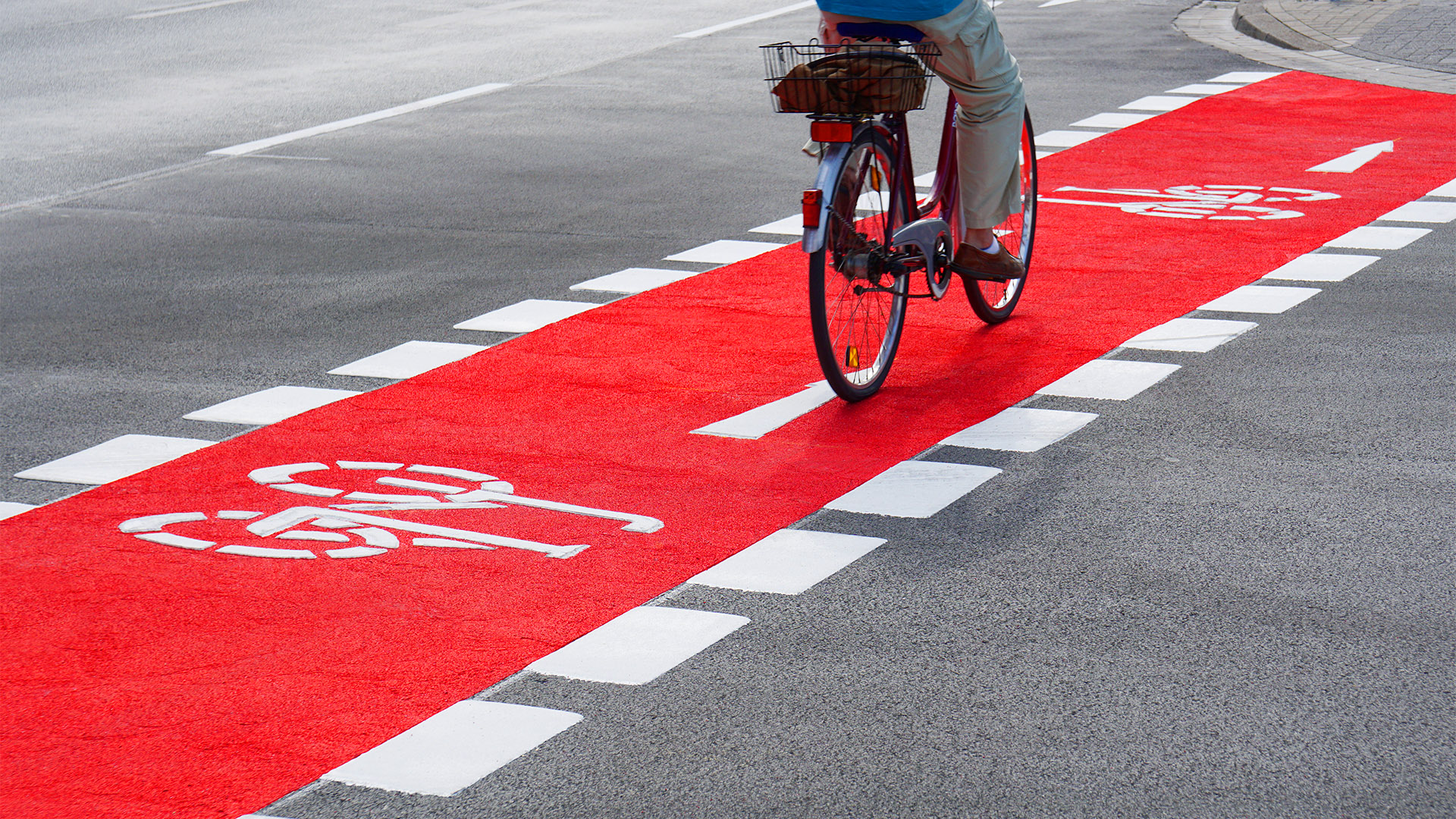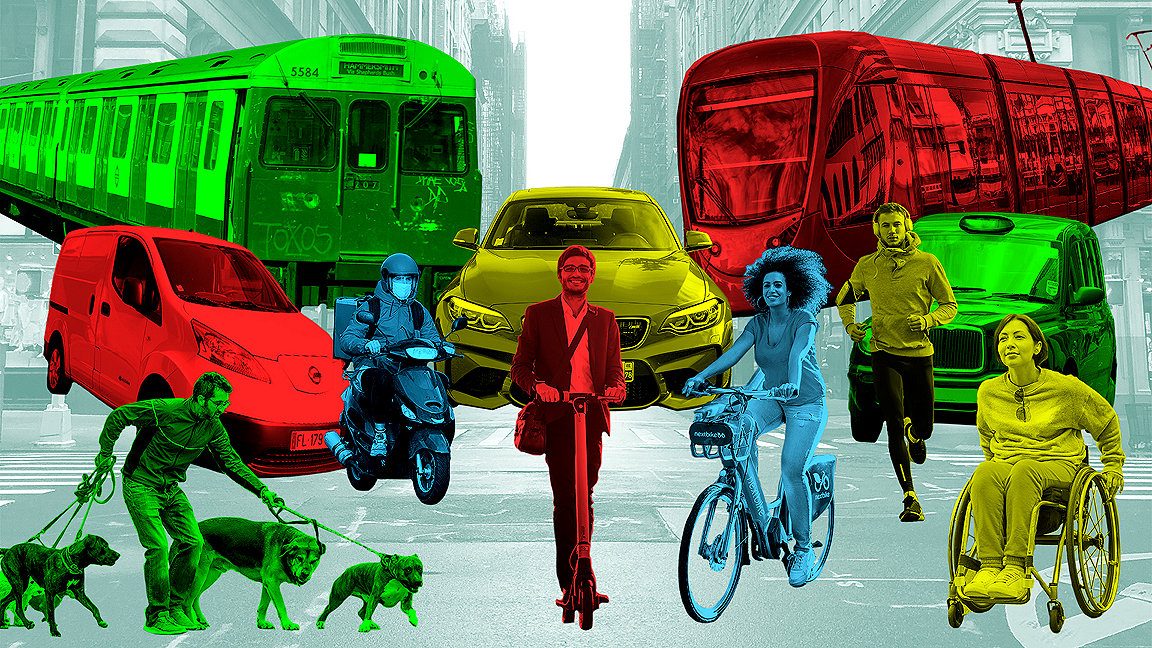
The way we travel through our streets has been slowly changing for hundreds of years. It’s been quite a ride from horse and cart through to trams and e-scooters and the evolution will continue for a long while yet.
In the 21st century, the transport we use tends to come down to a matter of personal choice and convenience based on how a city or urban area is constructed. Access to a good public transport network or private hire options such as e-bikes, as well as road and cycle lane infrastructure can all influence our decisions.
But there is a limited amount of space for these modes of transport to compete for and some are given priority over others. Different national governments or local authorities each have their own agendas where transport is concerned.
Modus looks at the data of getting from A to B and what factors influence our decisions.
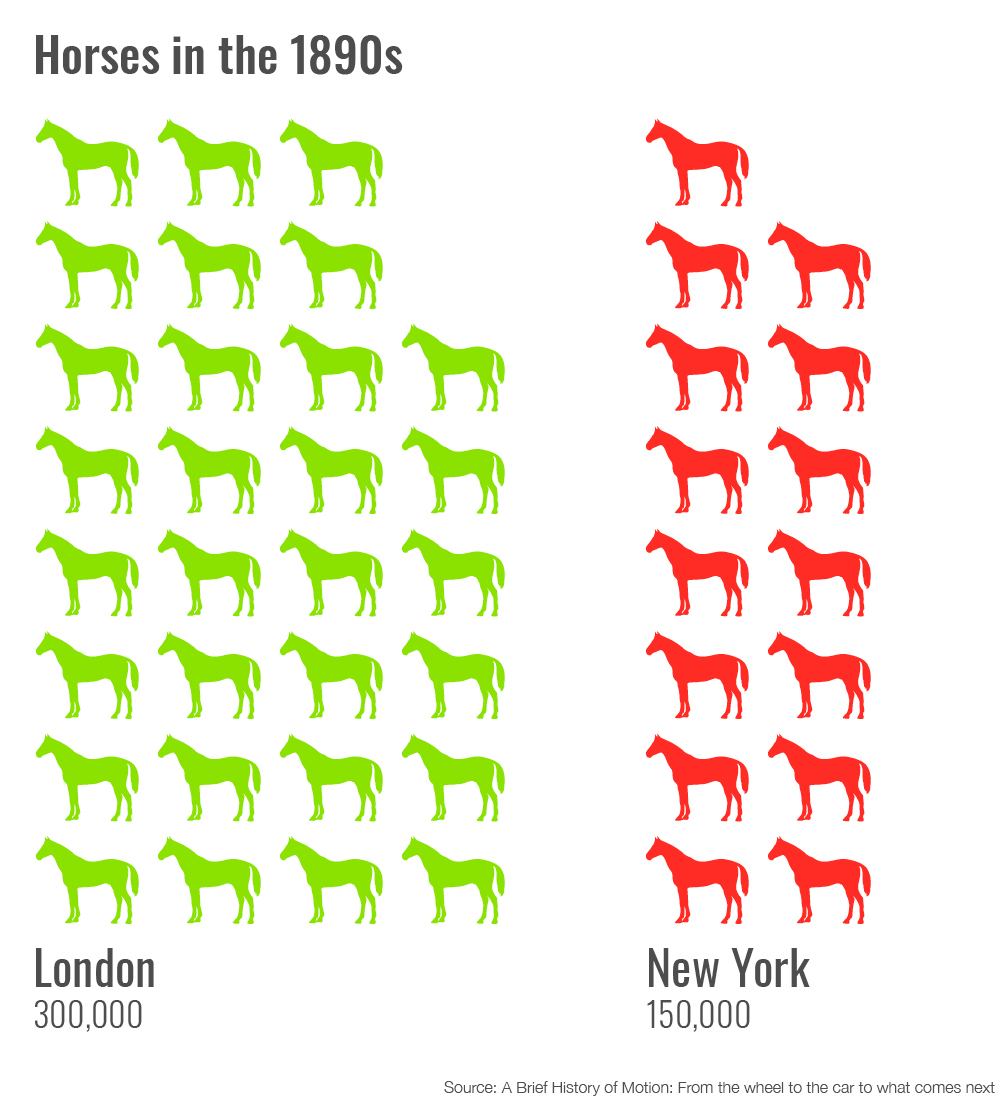
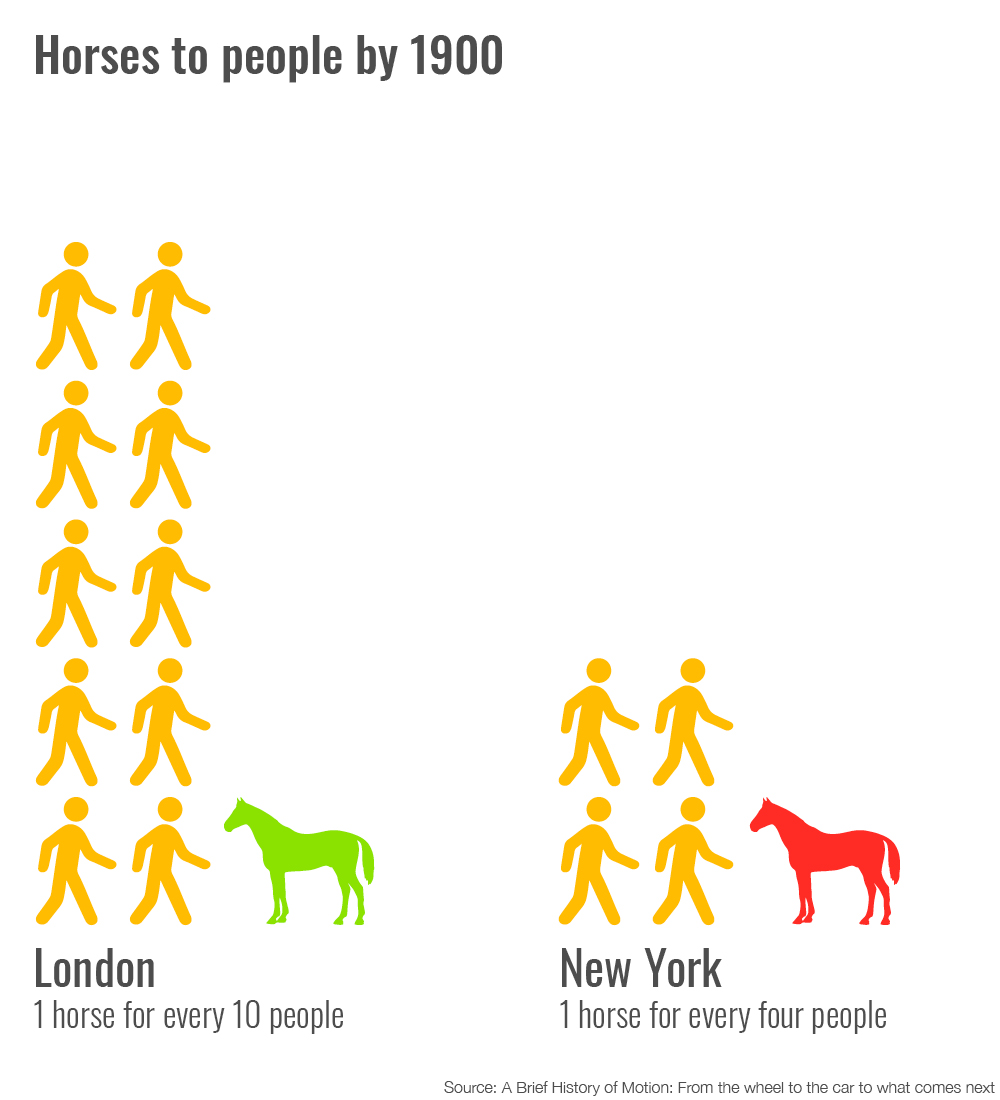
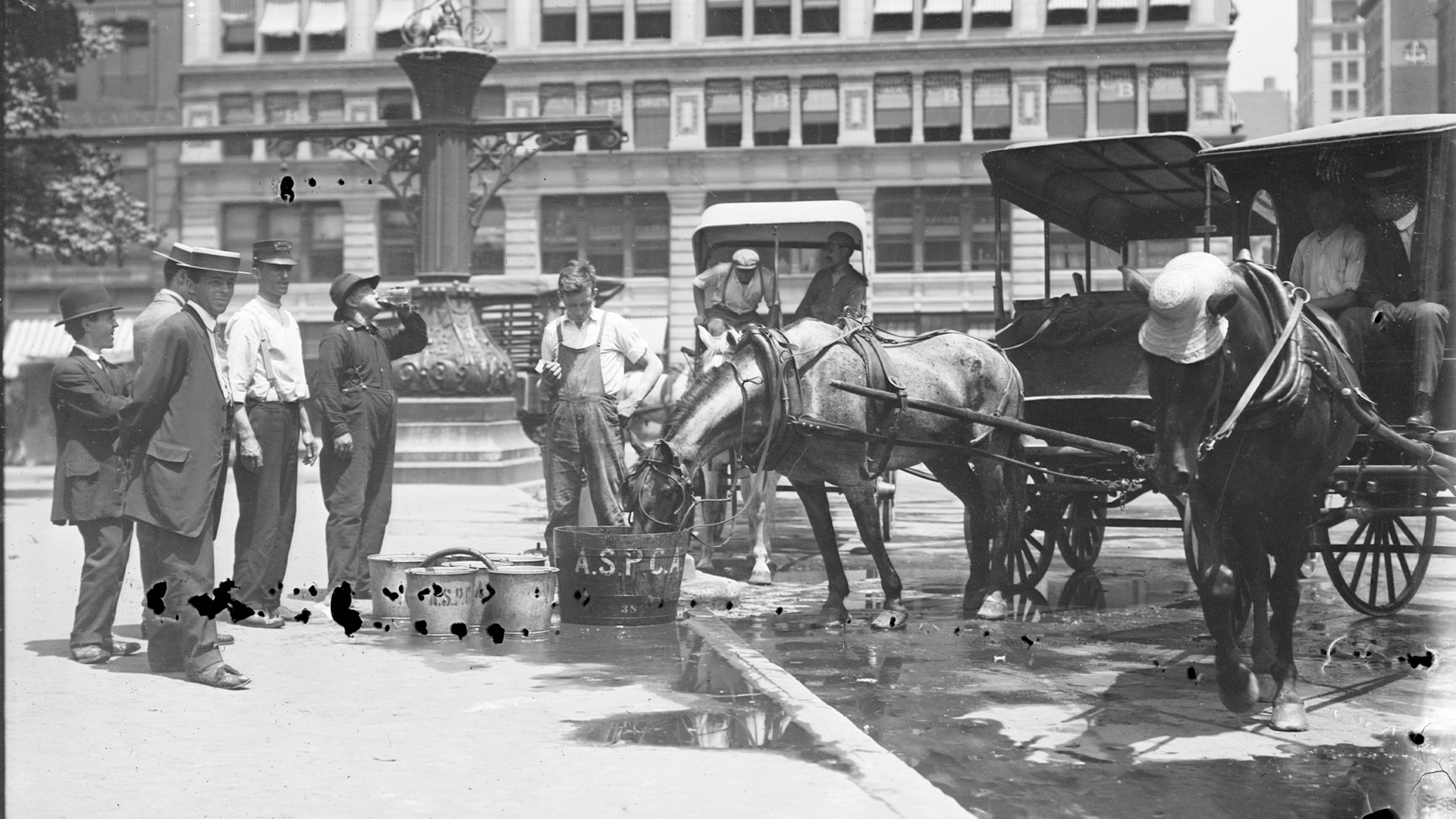
At the turn of the last century, horses were the biggest users of city streets alongside people. Although they are much less polluting than cars, horses created a lot of mess and kept the street sweepers busy. By the 1920s, cars began to outnumber horses across major cities.

Environmental impact
In modern times, pollution is an issue with motorised transport methods. They all have an impact on the environment, although an electric vehicle (EV) produces far lower emissions than a petrol-powered one. In terms of environmental impact, 'active transport' is the least damaging and is better for our physical health and wellbeing. However, this is not an option for everyone, depending on their personal or geographic circumstances.
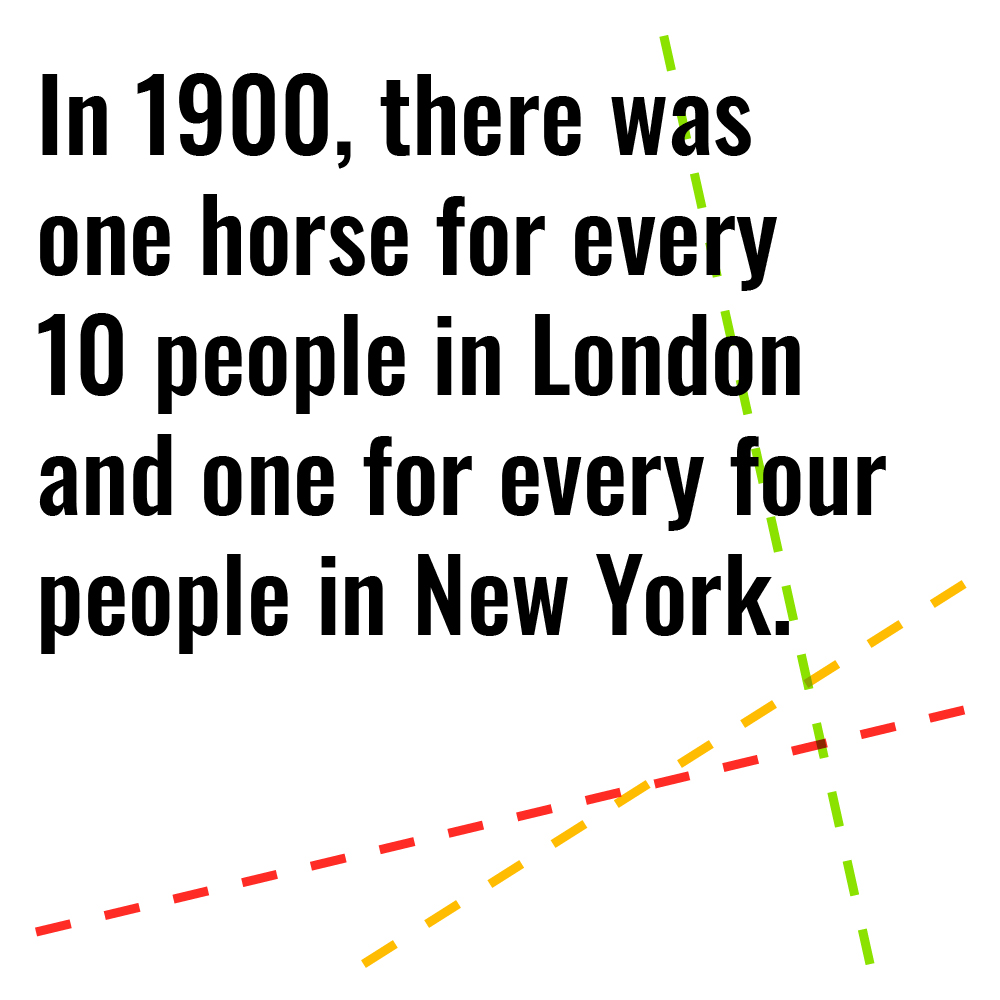
As you can see from the map below, North America produces the most CO2 emissions per capita from the burning of fossil fuels. While this is not solely down to the transport methods used, motor vehicle ownership is very high here. Car ownership is fairly low across most of Africa and this is reflected in the continent’s CO2 emissions per capita.

Different cities, different modes
The dominant mode of transport varies for cities around the world. Depending on the layout and design of a city, public transport may be the most popular method of getting around as seen in Hong Kong. Or it may be used by as few as 11% of the population, as is the case in Adelaide where the vast majority of journeys are made by car.

Cars
Access to parking spaces can be a major factor for people choosing this method of transport, as well as their economic situation and the affordability of owning a car. When choosing how to get to work, many of us go for the most convenient option, whether that’s car, bus, train or bike.
Car ownership in most cities in the US is very high when compared to European counterparts.
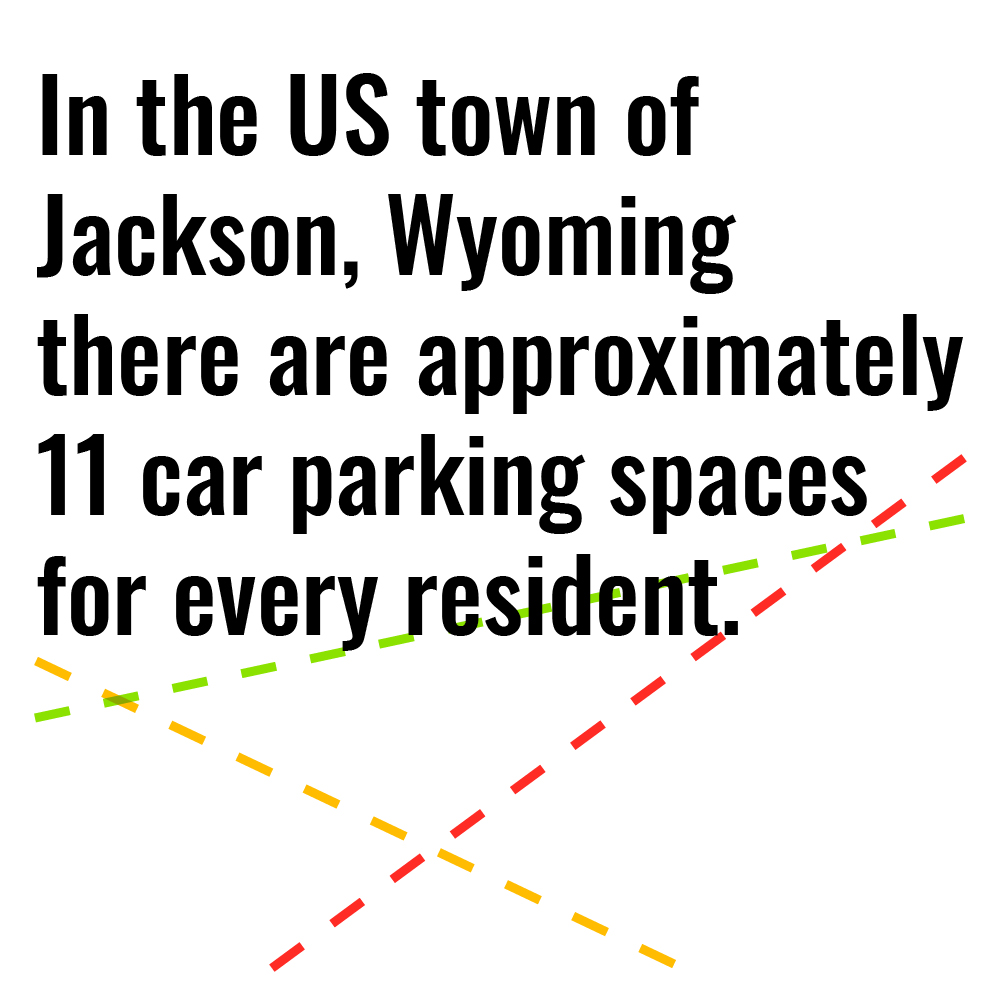
The continued high use of cars in the US has a direct impact on how urban planners decide a town should look. The graph below shows how many parking spaces are allocated in a town or city compared to how many people live there. Jackson, Wyoming, is included as the US town with the greatest number of parking spaces per person. If you want to park your car there, it should be easy to find a space as there are approximately 11 for every resident.
The difference between the European and US cities in the graph above is also evident when you compare parking spaces per household and parking density per acre.

Cycling
Bicycle use is highly dependent on access to cycling infrastructure. People don't want to cycle in an unsafe city. European cities such as Utrecht, Copenhagen and Amsterdam are leading the way in this respect.
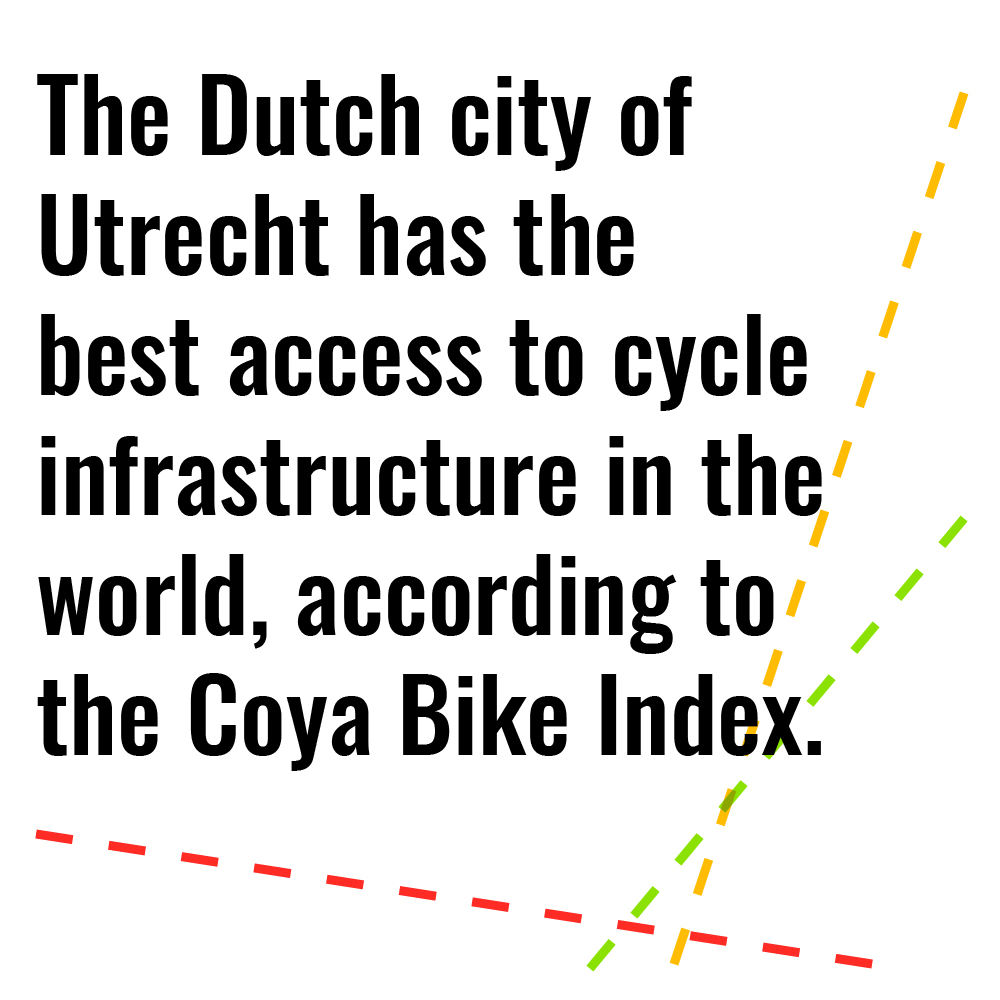

Gender
Gender has also been shown to have an effect on people’s transportation choices. This chart asked residents of Berlin, Copenhagen, Delhi, Espoo, Helsinki, Oslo, Stockholm and Vantaa which methods of transport they used. A higher proportion of men chose car and bike, while a higher number of women chose metro, bus or walking.

New transport schemes
The introduction of new kinds of transport, such as e-bikes, can influence behaviour. A study organised with Delft University of Technology showed that making e-bikes available changed the way people commuted and got them out of their cars. Not only did people switch to e-bikes, but all active transport increased, with the number of bicycle journeys also increasing.


